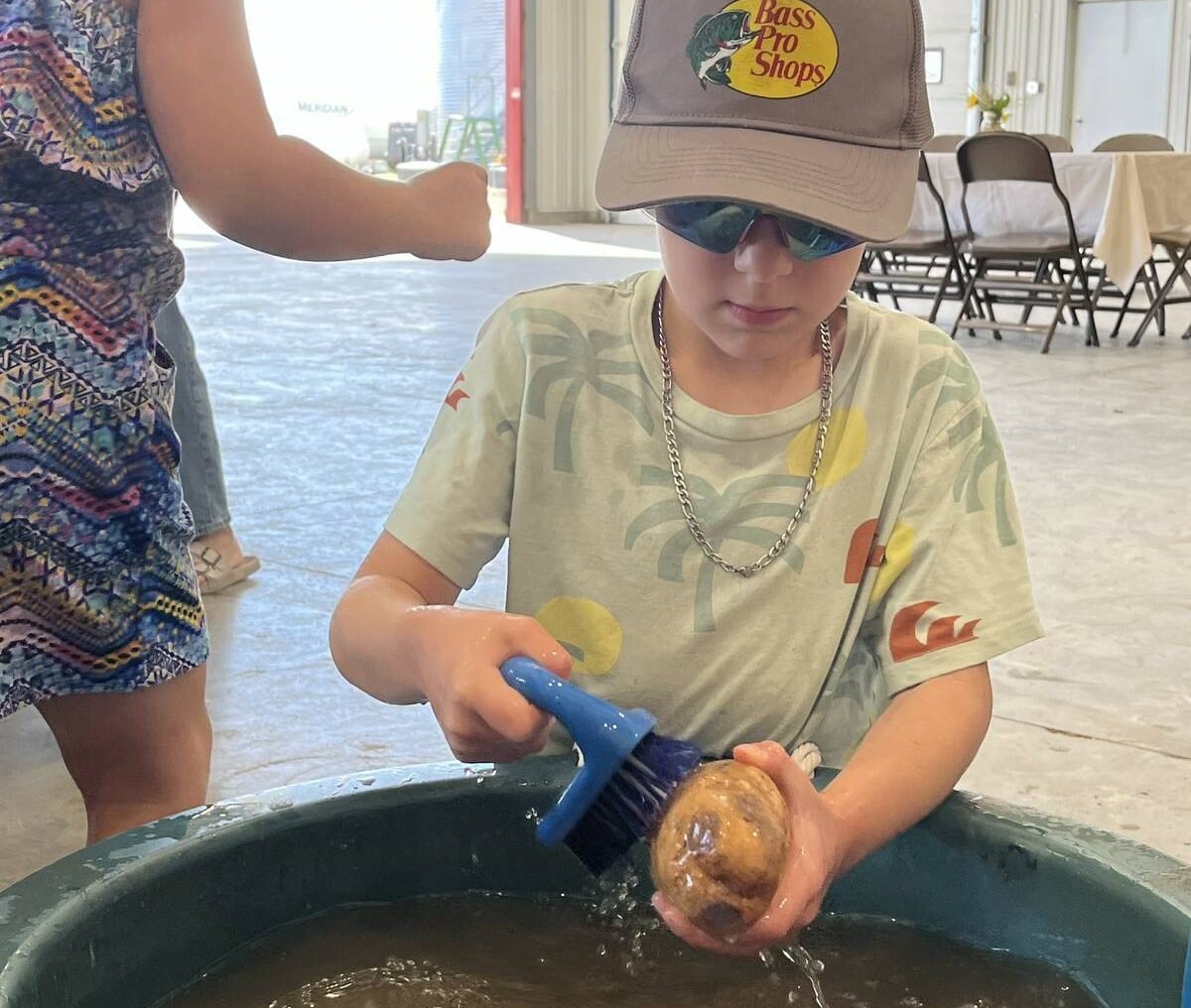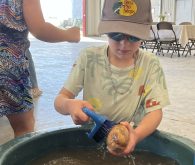The announcement in May that Grasslands National Park in southwestern Saskatchewan had acquired the Diamond T Ranch marked a turning point in relations between the park and local ranchers.
Smaller ranches been sold to the park since its inception in the 1980s, but the ranch owned by Bruce Dixon was one of the largest holdouts.
Dixon had once vowed the park would never acquire the property that his father Hugh, a federal veterinarian, had assembled along the Frenchman River Valley in 1928 after buying nine smaller operations.
Read Also

Agri-business and farms front and centre for Alberta’s Open Farm Days
Open Farm Days continues to enjoy success in its 14th year running, as Alberta farms and agri-businesses were showcased to increase awareness on how food gets to the dinner plate.
He has never entered the park office and said he never got along with any of the park staff until a couple of years ago.
“Initially, the people they had out there were very overbearing,” he said from his home in Medicine Hat, Alta.
“I really didn’t think it was a good thing the way they had set things up. I think parks are for people, not just storing a big parcel of land away and doing nothing with it.”
But times and people change. Superintendent Katherine Patterson arrived two years ago with a mission to better understand people like Dixon. The park has also hired several local people and listened to their advice.
The park now allows some cattle to graze within its boundaries, ending a 20-year practice of letting grass sit, and is seeking ways to highlight the ranching way of life.
Patterson’s ideas eased Dixon’s mind a bit. He is almost 75 and has health problems. His son, Brad, took over the ranch for a time but finding help was a problem.
It was time to move on and the family offered their 43 sections to the park.
“Had I been healthy enough to carry on, it wouldn’t have happened,” Dixon said.
The sale is clearly still bittersweet for him. The park has acquired a ranch with historic significance, magnificent scenery and critical habitat for species at risk.
Several parcels isolated from the park by the Diamond T have now joined with it to make the park’s west block contiguous and at 85 percent of its proposed size.
Together with the smaller east block, Grasslands is now at 74 percent of its proposed area of 921 sq. kilometres.
The Dixon land adds more black-tailed prairie dogs to the park’s colonies, as well as the recently re-introduced black-footed ferret.
The ranch is also home to the last sage grouse lek of the lower Frenchman River Valley, where male birds gather during the breeding season to conduct their mating dances.
The park’s mandate has always been to preserve nature, but preserving the ranching lifestyle has not been a priority. Many of the buildings on previously acquired homesteads have been demolished or moved.
The Dixon yard still remains. Patterson said she would like to highlight ranching through branding demonstrations and ranch rodeo events.
“We’ve committed to use the land as a way to interpret the ranching heritage of the area,” she said.
Dixon’s decision to sell, after first seeing if other ranchers could match or beat the price, rests largely on his faith in Patterson.
He opposed the formation of the park because he didn’t believe grass should be left to sit idle, but he sees hope in Patterson’s plans.
“Her idea was more like mine,” he said. “It should be preserved for people. As long as Katherine is there I’m sure she’s going to fight to try to get something going, something for people to do and see.”
Perhaps that is because Patterson arrived at Parks Canada with an agricultural background. Her view of the land is similar to that of the long-time residents.
“I was haunted by this land,” she said. “I felt settled.”
She said it would be a shame if people came to the park and didn’t experience all that ranching made possible.















